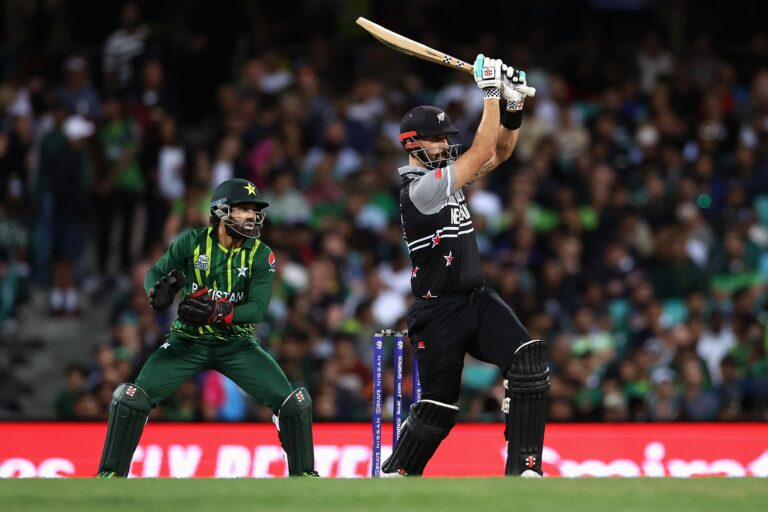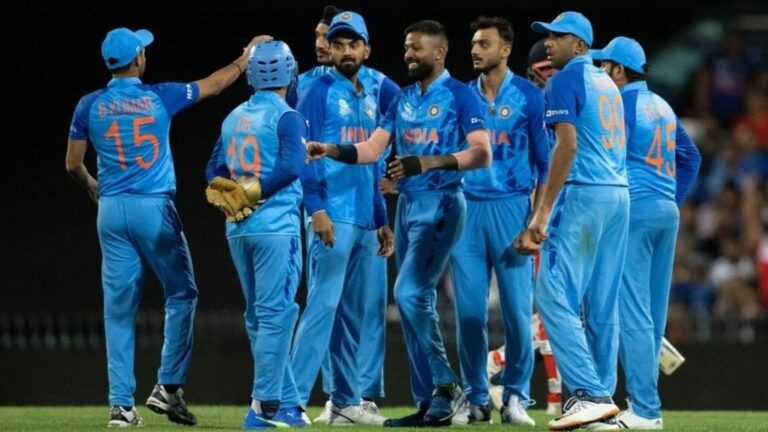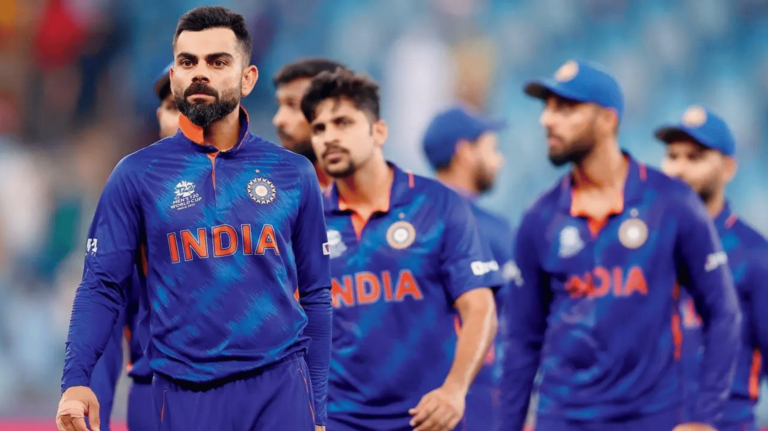Player Management in Professional Cricket Leagues: 99exch, Reddy Anna Book, Allpanel
99exch, Reddy Anna Book, All Panel.com, Allpanel: When it comes to selecting players for a team, talent and skill are undoubtedly important factors to consider. Coaches often look for players with exceptional technical abilities, physical prowess, and tactical understanding of the game. Additionally, the mental attributes of a player, such as resilience, determination, and leadership skills, are also crucial in the selection process.
Moreover, team dynamics and player compatibility play a significant role in the decision-making process. A cohesive team is often more successful than a group of individually skilled players who struggle to work together effectively. Coaches must assess how potential new additions will fit into the existing team structure and whether their personalities and playing styles complement those of their future teammates.
Injury Prevention and Management Strategies
Effective injury prevention and management strategies are vital aspects of any athlete’s training regimen. Prioritizing warm-up routines that focus on dynamic stretches and activation exercises can help prepare the body for the physical demands of practice and competition. Additionally, incorporating strength training programs that target muscle imbalances and weaknesses can enhance overall stability and reduce the risk of injuries.
In the event of an injury, prompt and accurate assessment is crucial to determine the severity and necessary course of action. Implementing a comprehensive rehabilitation plan that includes targeted exercises, manual therapy, and proper rest can facilitate a safe and efficient recovery process. It is essential for athletes to work closely with qualified healthcare professionals to ensure proper diagnosis and treatment for any injuries sustained during training or performance.
Balancing Workload and Rest
Striking the right balance between workload and rest is essential for maintaining peak performance in athletes. Athletes often push themselves to the limit to excel in their sport, but it’s crucial to remember that adequate rest is just as important as intense training. Without proper rest, the body doesn’t have the opportunity to recover and adapt, increasing the risk of injuries and decreasing overall performance.
Monitoring workload is key in ensuring that athletes don’t overexert themselves. Coaches and sports trainers should pay close attention to the volume and intensity of training sessions to prevent burnout. Implementing rest days into training schedules is crucial to allow the body to recover, repair, and regenerate for better performance in the long run.






